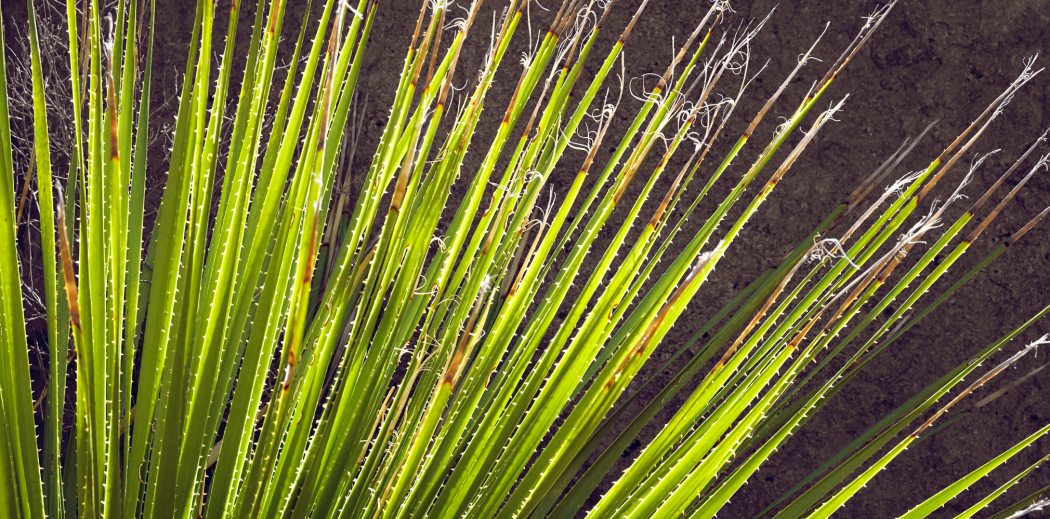Whether you love it or hate it, I dare you to try and find someone who doesn’t have a strong opinion about tequila. But while it might inspire wild nights and wild stories, it’s not the craziest liquor to come out of the region. That title belongs to sotol, tequila’s troublesome cousin.
Technically, sotol isn’t made from agave but because of a misclassification in 1934 by botanist John Hutchinson, it’s been lumped alongside tequila and mezcal. Rather, it derives from the heart of the Dasylirion plant, also called the “desert spoon” for its ladle-like leaves (or, shockingly, sotol in Spanish). At least Hutchinson can take comfort that he’s not the only one to get muddled by a spirit’s murky history: little solid evidence exists as to where exactly sotol originated.
Found officially in Chihuahua, Coahuila and Durango, but also popping up in Oaxaca, Texas, Arizona and New Mexico, sotol was believed to have been drunk by indigenous people during religious ceremonies and for its medicinal benefits. According to lore, take a swig and cure anything from diabetes to digestive troubles.
Despites its alleged miracle properties, sotol suffered from a bad reputation. In the early 20th century, the Mexican upper class opted for liquor brought over from Europe, and sotol was viewed as the equivalent of moonshine, or the drink of the peasants. However, it thrived during Prohibition, where its proximity to the US border meant it answered the call of many thirsty, booze-deprived Americans. By the 1930s, 300,000 liters were produced annually.
However, in the 1930s, although popular with Americans, the drink wasn’t Americanized enough for the Mexican government. Anti-liquor regulations emerged, mainly to eradicate local drinks, and sotol suffered. Vinatas, or sotol distilleries, were persecuted while competitors – chiefly rum, brandy, and tequila – skirted under the law’s watchful eye. It wouldn’t be until the 1990s that the first steps were taken to produce sotol legally, but production is still limited today. Compared to the 100 million liters per year of exported tequila, sotol receipts linger in the tens of thousands, most kept within Mexico.
Sotol’s lack of recognition isn’t just due to its tumultuous past: the plant also takes between 12 to 15 years to mature, meaning there over a decade for something to go wrong before it can even be harvested. Rodents pose a big threat, as does sotol’s reproduction process: plants are dependent on the wind to cross-pollinate, so new ones can often pop up far from where they’re expected. For all the trouble, it doesn’t yield much: one plant will give you one bottle of sotol. In contrast, agave sends out clones nearby and is ready to be harvested within eight to 10 years.
The traveling plant is also extremely influenced by its terroir. Forest-grown sotol will evoke notes of pine, mint and eucalyptus, while its desert counterparts are earthier and evoke pepper or cacao. With these variations, entrepreneurial drinkers have gotten creative.
Sometimes, the flavors are enhanced with raisins, cinnamons, or pecans, and the sweet sotol “curados” are drunk after dinner. Sometimes, a little more adventure is called for, and notes will be enhanced by marijuana, peyote and snake venom. There are also a handful of producers who throw in beef for additional spiciness. Whatever your poison, first-timers: beware. Though the ABV tends to linger around 38%, it’s not uncommon for certain concoctions to have proofs over 100.
While not common in the United States, sotol is making appearances at various bars across the country. If you see it on a menu, try it straight to savor its nuanced, grassy notes – but if you want the authentic experience, don’t forget to ask them to throw in some snake meat.








